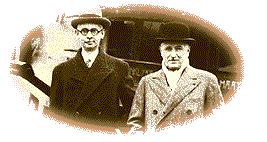
|
Football, man's favorite game, has become universal because of its simple rules and also because of the widespread influence of the World Cup. Every four years, the entire world is spellbound by this wonderful spectacle. On May 26, 1928, the Congress of the Federation Internationale de Football Association, held in Amsterdam, decided by 23 votes for and 5 against, to organize a competition "open to teams representing all affiliated national associations." The final approval of this project was voted at the Barcelona Congress the following year. It needed all the perseverance of two Frenchmen, Jules Rimet, elected President of FIFA in 1921, and Henri Delaunay, Secretary-General of the French Football Federation, to turn what was for a long time a utopian idea into reality.
|
|
Brazil has taken part in all the final phases since 1930, in other words, 15 times. The Brazilians have won 49 out of 73 matches. |
|
matches have been played in the final phase since the first World Cup. 1584 goals have been registered in the course of these matches. |
|
this is the record of goals scored during a final phase, held by the French player Just Fontaine. It happened in Sweden in 1958. |
|
The French sculptor Abel Lafleur was commissioned by FIFA to create the first trophy for the World Cup. This was a gold statuette weighing about 1.5 kilograms, representing an allegorical winged victory on an octagonal base. This famous "Jules Rimet Cup" was first stolen in London in 1966, then recovered. It finally went to Brazil, the first country to have won three World Cups, before being stolen again, and this time it was never found. The present trophy is the work of the Italian sculptor Silvio Gazzaniga. |




